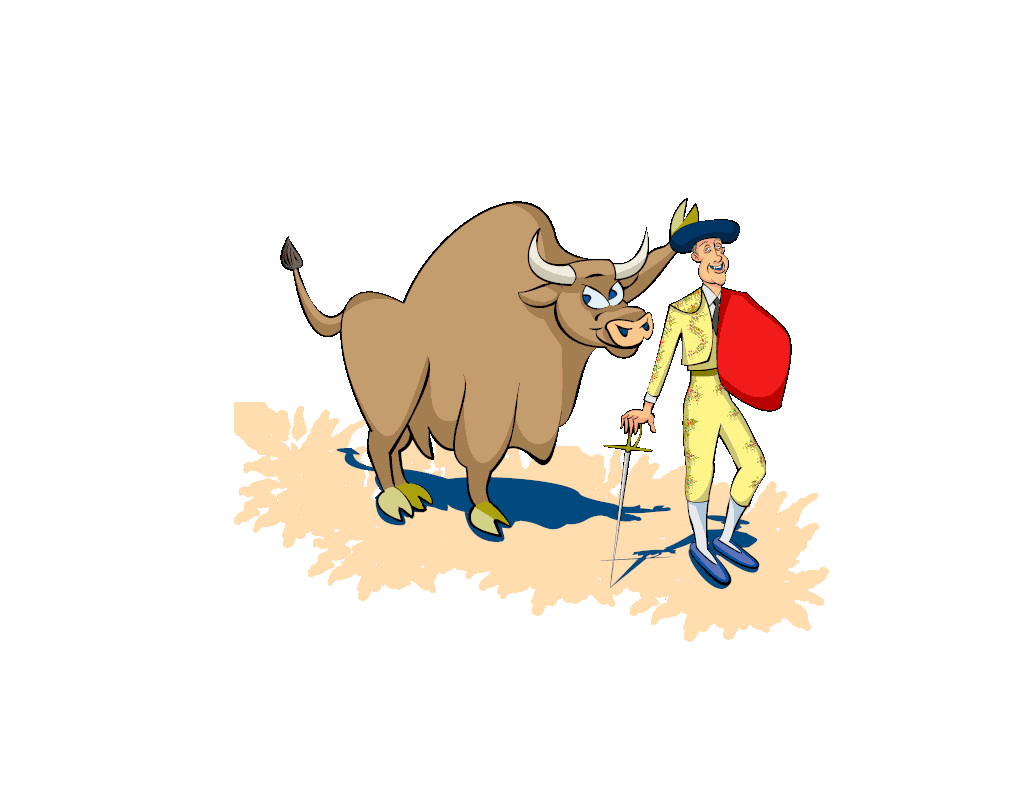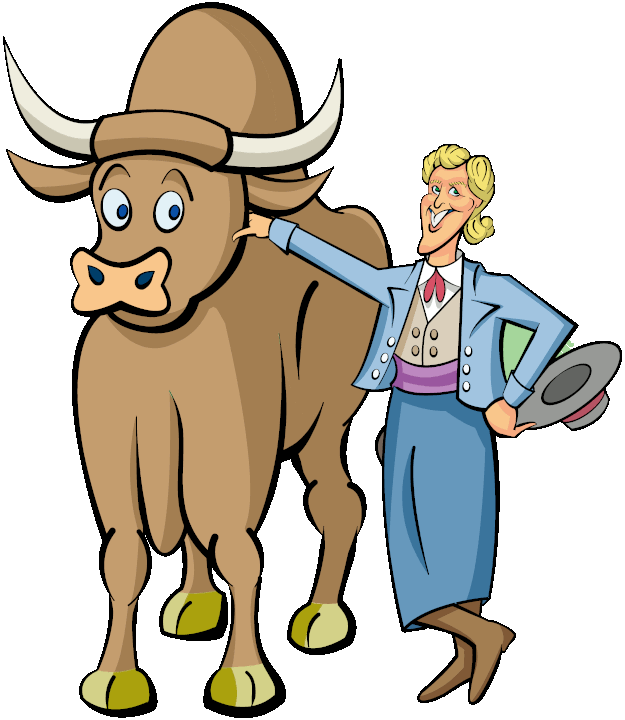Manuel Laureano Rodríguez y Sánchez, who took the professional name Manolete, was the most famous bullfighter of the mid-20th Century. You will read that he made his professional debut at age 17 and this is true in the sense he appeared at the Old Tetuan de las Victoias in Madrid in 1935. But it wasn't until 1939 when he was 21 - actually two days before his 22nd birthday - that he was officially presented as a bullfighter. This was in Seville and his sponsor was Manuel Jimenez Moreno, best known by his professional name of Chicuelo, and the official witness was Gitanillo de Triana.1 Manolete was confirmed as a bullfighter with Marcial Lalanda presiding on October 12 in Madrid. Manolete's last performance was on August 28, 1947. He died August 29, 1947.
Footnote
The presence of Gitanillo might be a bit confusing to the fledgling historian as many primary sources state Gitanillo de Triana was born in 1904 and was killed in the bullring in 1931 in Madrid. He received a cornada - a horn wound - on May 31 and finally succumbed on August 14.
But the Gitanillo who appeared with Manolete was Gitanillo II, Rafael Vega de los Reyes. It was Rafael's brother, Francisco Vega de los Reyes, who was the first Gitanillo, who was killed in 1931.
Gitanillo II, that is, Rafael, retired from the bullring hale and healthy. But in 1969 at age 54 he was killed in an automobile accident in Belinchon, Spain.
In the early 20th Century, bullfighting filled the void in Hispanic countries that boxing did for los Norteamericanos. Among other things it offered a path for young men born into poverty to rise to fame and fortune. And indeed Manuel was born into a poor family although his father was also a bullfighter. For some reason most biographies don't often mention his dad's name but those that do say his name was also Manuel Rodríguez Sánchez and that he fought under the name "Sagañón". But other stories say Manuel, Sr.'s professional name was Manolete, which his son adopted.
Manuel, Sr., never rose to great fame. On the other hand the Young Manuel's great uncle, José Rodriguez and known as Pepete, was more successful although not considered particularly graceful. Nevertheless he approached the corridas de toros, that is, the bullfights (literally a "running of the bulls") with considerable sang froid. He was killed in the bullring in 1862.
Young Manuel began practicing for the corridas at age 7 or 10 depending on the source. Like the other aspiring toreros - the generic word for bullfighter - he didn't start off working with full grown bulls. Or bulls at all. Instead another kid held a pair of horns and acted the part of el toro.
The next step is to progress to calves. At this stage Manuel didn't show much form and his attempts at the elegant cape passes brought laughs from the older kids. Calf-fighting (corrida de becerros?) may sound simple but strictly speaking "calves" (note quotes) are any bulls under three years old and can be pretty big animals. Even fully fledged toreros will fight calves in what is called a tienta. A tienta is a testing of the young bulls to determine which calves are most suited to go to the ring.
The two and three year old bulls are fought by the novillero, which are the apprentice bullfighters. Finally, as fully qualified bullfighters they move to the grown fighting bulls who are at least four years old.
Manuel's first job as a torero was as part of a comedy group. Yes, there were comedy bullfighting acts. Manuel's job, though, wasn't as a clown who performed all sorts of antics with calves. Instead his job was to come into the ring afterwards and finish the fight as the matador, that is, the bullfighter who actually kills the bull (from the verb matar, to kill). It was at that time that Manuel took on the name Manolete.
His big break was when the bullfighter José Flores Camará saw him perform. José hired Manolete - as we will now call him - as an assistant (called the peón), and soon the kid began to impress the crowds and as said earlier became a full matador in 1939.
Manolete attracted attention for a number of reasons. For one thing, although he did not have the chiseled film star looks that now seem to be de rigueur for matadors today, he had a naturally serious and even mournful look. Also his work with the cape (the muleta) was not flamboyant and his movements were restrained and economical. However, this restraint fit well with his sober demeanor, and he also worked close to the bull. It was these combinations of ingredients that had him seen as the natural successor of the great Juan Belmonte. By 1944, Manolete was considered the #1 matador - el número uno - in Spain.
But being a matador is a grueling profession - the travel alone can be grinding - and by the end of the next year Manolete was thinking about retiring. However as 1947 rolled in, the fans were clamoring for him to stay in the game. There were even some aficionados - bullfighting fans - who were murmuring that the reason Manolete was going to retire was because he could not compete with the new upcoming crop of toreros.
Manolete falls in the second generation of the 20th Century matadors. The first generation were those who achieved fame in the years immediately following the Fin de Siècle. Among this early group were Joselito Gómez Ortega (1895-1920), his older brother Rafael (called El Gallo) (1882–1960), Manuel Granero (1902-1922), Cayetano Ordóñez (1904-1961), Sidney Franklin (the "Bullfighter from Brooklyn", 1903-1976), and of course, Juan Belmonte (1892-1962).
Among the second generation of the 20th century matadores were Manolete (of course), Carlos Arruza (1920 - 1966), and the lady matador - that is, la matadora - Conchita Cintrón.
But if there's a second generation of matadors there must be a third generation. Indeed there was. Among the most prominent of these young whippersnappers was Luis Miguel Dominguín (pronounced doh-meen-GEEN).
Luis Miguel Dominguín was born Luis Miguel González Lucas 1926. He came from a bullfighting family and his dad fought under the name Domingo Dominguín. Luis Miguel first appeared in the ring in 1937 and was certified a full matador in 1941 - just two years after Manolete. So this prodigy soon became the up-and-coming challenger to the old guard.
Luis Miguel did not suffer from self-effacement. Once he had been badly gored in a bullfight and while he was recovering, he gave an interview from his bed. Actually it was more of a speech and among the things he said were:
For reasons which are beyond my control, I am unable to perform, as I should like to do, in the same corridas with [Manolete]. I am anxious to furnish proof that I am a better torero than he and that I can unseat him from the pedestal on which public opinion has placed him and which he now claims as his right. It is my intention to prove my superiority in the only way open to me - in the ring and face to face with the bulls. The moment I am given the chance, I will prove that I am the best of them all.
At first Manolete tried to ignore the challenge of the young jackanape as being beneath his dignity to respond. But public pressure began to build and finally he agreed to meet Luis Miguel in the ring.
At this point those unfamiliar with bullfighting may wonder. Bullfighting isn't like boxing or tennis. The two adversaries don't actually fight each other. They fight bulls, por Dios!, and if the matadors remain alive, they win. So just how the heck can two matadors compete?
Well, as Artie Johnson sort of said, there are ways.
A normal corrida has three matadors and each fights two bulls. The president of the games - el Presidente de la Corrida - after consultation with his assistants and assessing the crowd's reaction - decides if and which trophies - trofeos - are to be awarded.
The trophies are, in fact, parts of the slain bull. If the matador is judged to merit a trophy, he can get one ear if he fought a good fight. If he fought a very good fight he gets two ears. And if he'd done a great job he can get both ears and the tail.
In Manolete's time an even higher award was both ears, the tail, and a hoof although today the hooves are no longer awarded. There are other ways of rating the matador - which includes pardoning the bull for its bravery and letting the matador walk around the ring while acknowledging the cheers. So at the end of the fight there is usually one matador that is considered the winner of the afternoon's bout.
But when you have two matadors competing for the top spot - el primer puesto por el número uno - there is a type of bullfight called a mano-a-mano.2 In a mano-a-mano there are two matadors fighting three bulls each. By August, Manolete and Luis Miguel had agreed to a mano-a-mano.
Footnote
The literal translation of "mano-a-mano" is "hand-to-hand". Of course, "hand-to-hand" is not a phrase that conveys the meaning of what in inglés would probably best be rendered as the idiomatic "one-on-one".
One problem is that by now the public had begun to sour on Manolete. Some aficianados heard stories that he was able to select the bulls he fought. There were also rumors that he even had the horns "shaved" down to make it easier to move closer to the bull than he normally could. And of course, some resented his munificent compensation and that he would turn down invitations to bullfights that were associated with some fiestas because the towns were unable to pay his steep fees.
Manolete's and Dominguín's mano-a-manos were scheduled to start at the beginning of August, 1947, in Vitoria in the north of Spain. To borrow a phrase from someone described as the world's worst greatest author, since the crowds were against Manolete, they were for Dominguín. In the first corrida, Luis Miguel was counted as the winner. The next fight was on August 16 in San Sebastian, the resort town on the Atlantic. Again Luis was dubbed the El Triunfante.
The final fight was August 28 in Linares. Strictly speaking, this was not a mano-a-mano as Gitanillo de Triana was also on the bill. According to some historians, Gitanillo was past his prime and was there simply to keep the fight as a regular three-matador corrida even though everyone knew it was a de facto mano-a-mano between Luis Miguel and Manolete. But posters for the bullfight gave Gitanillo top billing above both Manolete and Dominguín.
Carlos Arruza had been scheduled for two fights in Dux, France, and he stopped by to see the bout. Carlos thought Manolete did not look well - just like he had been out de juegera - that is, on a binge. But Carlos said Manolete fought as well as ever.
Dominguín, though, was clearly the crowd favorite. He did cape passes from his knees and some of his capework even sent the bull into the air.
Then on the fifth bull, Manolete drew Islero, a Miura bull. Although Miuras are noted for their ferocity, Islero had seemed calm and docile before the fight.
The fight started off with a bad omen. The picador - the mounted torero who jabs the back of the bull's neck with a lance - was knocked from his horse and fell onto the bull's back. However, Manolete came forward and with his cape drew Islero away.
Oddly enough, it was Islero's lack of aggression that made him difficult to fight. He would begin a charge and then would stop. Then once he did charge he would crowd Manolete to the right and hook with his horns. The spectators were actually sympathetic to the difficulties Manolete was facing and cheered him on.
Manolete had decided he would win this bout pase lo que pase. He worked especially close to the bull and made some spectacular passes which literally sent Islero in circles with the horns just barely missing Manolete's side. The crowd roared their approval at Manolete's daring and it looked like in this fight he would be dubbed #1.
Finally Manolete began the faena - the final series of passes. After even more spectacular capework, he drew his estoque. He positioned himself for the bull's charge - the arrancar. Then as Islero began his run, Manolete made the actual sword thrust - the cruzar. But as Islero had done before, he hooked his horn and drove it high up into Manolete's right leg.
Manolete was tossed into the air and landed at Islero's feet. The other matadors ran up and it looked like the bull could be drawn away. But then Islero turned back to Manolete and repeatedly slashed at him with his horns.
One of the other matadors grabbed Islero's tail and another seized his horns. A third torero ran up and with his cape finally managed to draw the bull away. One of the picador's assistant, a monosabio, dragged Manolete away.
In the infirmary Manolete regained consciousness. The wound was cleaned and bandaged and he was given a transfusion. He asked if the bull had died and was told yes and that he had been awarded the ears, tail, and hooves. So he had finally bested Luis Miguel on the last bull of the day.
A few hours later Manolete was given another transfusion and taken to the nearest hospital as the bullring infirmaries of the time had limited capabilities. There he was examined by the horn wound specialist Dr. Jiménez Guinea. Dr. Guinea decided that the other doctors had properly treated Manolete and nothing further should be attempted. Knowing things were dire - Manolete's heartbeat was getting fainter - the doctors allowed a priest to administer the last rites.
At five o'clock in the morning, Manolete lifted his head and said he could feel nothing in his left or right leg. The doctor assured him he would be all right and told him to lie back.
Suddenly Manolete sat bolt upright.
"Doctor, are my eyes open?" he asked, "I can't see." He then fell back dead.
As Ralph Waldo Emerson may not have said, "If you strike the king, you must kill him."3 Certainly Luis Miguel didn't expect such an outcome from his challenge but that's pretty much what happened. Dominguín remained El Número Uno for the next decade.
Footnote
The quote does have a provenance that can be traced back to Ralph, but the source is third hand and was not recorded until 1960. The quote is from Felix Frankfurter Reminisces - Recorded in Talks with Dr. Harlan B. Phillips.
At one point Harlan mentioned a story Felix had told about his fellow jurist Oliver Wendell Holmes.
You told me a very wise story some time ago — the conversation Holmes had with Emerson.
Felix replied:
That was when his father [Oliver Wendell Holmes, Sr.] finally persuaded him when he was in college, a junior, to go and see Mr. Emerson. He went to see him, and there was talk about this or that. Holmes said Emerson had a beautiful voice, and, of course, Holmes had one of the most beautiful voices the Lord ever put into a throat. Emerson said to him, "Young man, have you read Plato?"
Holmes said he hadn't. "You must. You must read Plato. But you must hold him at arm's length and say, 'Plato, you have delighted and edified mankind for two thousand years. What have you to say to me?'"
Holmes said, "That's the lesson of independence."
So off he went and read Plato for a few months or a year, and then wrote a piece doing in Mr. Plato in one of those ephemeral literary things at Harvard. He laid this, as it were, at the feet of Mr. Emerson and awaited the next morning's mail, hoping to get a warm appreciation from Emerson. And the next day and the next and the next - no sign of life. No acknowledgement from Mr. Emerson. Holmes didn't see him again for about a year. When he saw him, this, that, and the other thing was again talked about. Emerson said, "Oh, by the way, I read your piece on Plato. Holmes, when you strike at a king, you must kill him."
Holmes said, "That's the second great lesson: humility."
On August 21, 1959, Luis Miguel Dominguín was gored in a bullfight in Valencia. He had been appearing in a series of mano-a-manos with the young matador Antonio Ordoñez who was married to Luis's sister. At first some thought the wound was so serious that Luis would never fight again. But within two weeks, Luis announced he would fully recover and would return to the ring. After other retirements and comebacks, he retired for good in 1973 and lived until 1996.
Luis was unique as he was both a bullfighter who was also an international socialite. He rubbed elbows with the likes of Ava Gardner, Sofia Loren, Salvador and Gala Dalí, Yul Brynner, Claudia Cardinale (who starred with Henry Fonda in Once Upon a Time in the West), Truman Capote, Audrey Hepburn, Mel Ferrer (who played Robert Cohn in the 1957 film The Sun Also Rises), Orson Wells, Pablo Picasso (who designed Luis's favorite bullfighting costumes), and Ernest Hemingway who chronicled the 1959 mano-a-manos between Luis and Antonio in the book The Dangerous Summer.
Friends of Luis
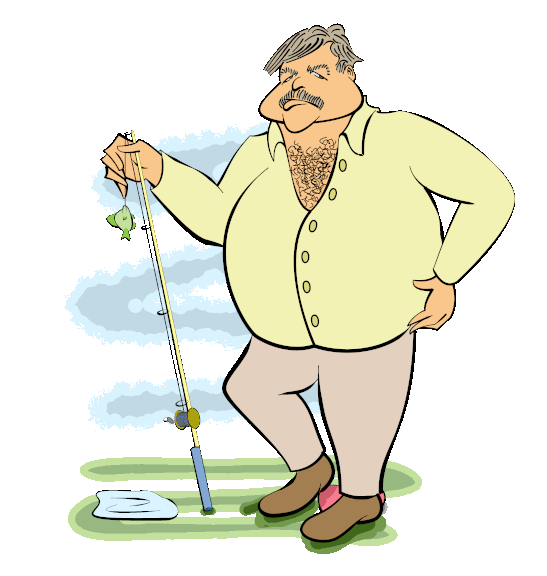

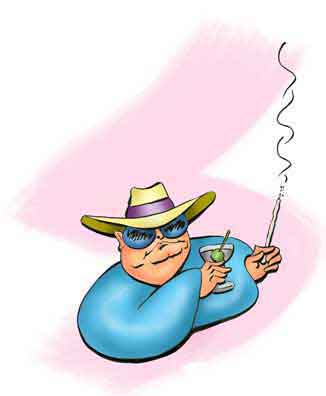
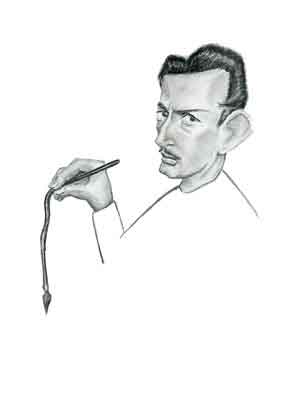
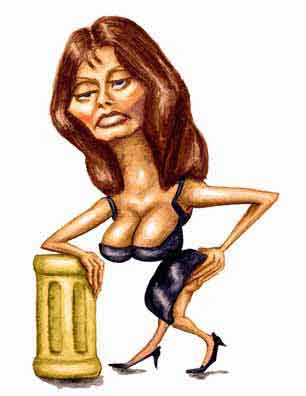
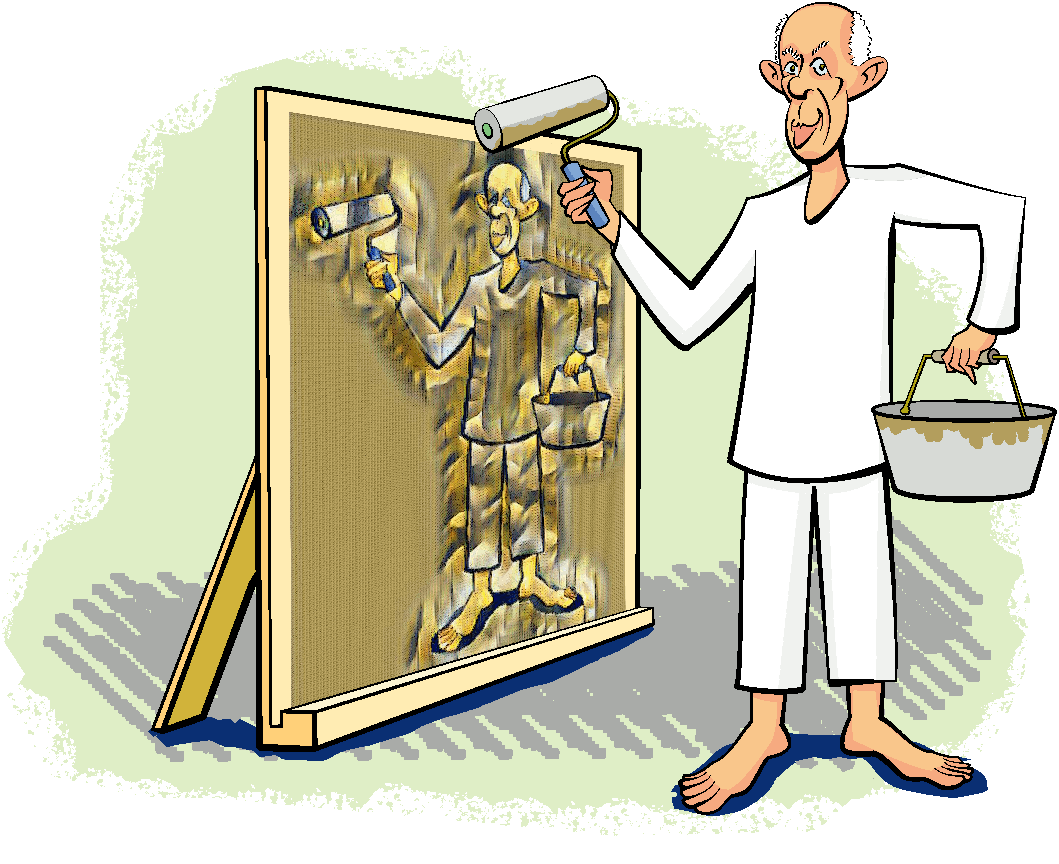
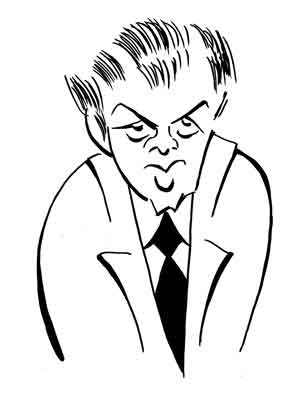
Ernest, Ava (and Burt), Truman, Salvador, Pablo, and Orson
Bullfighting is, of course, a most controversial subject. Although the corridas are a traditional extending back hundreds if not thousands of years, it has been falling out of favor even in countries where it is traditionally been a major part of their culture.
Bullfighting was even banned by the Parliament of Catalonia in 2012, and even in Mexico City, whose Plaza México is the largest bullring in the world, the sport has been banned indefinitely by court ruling.
The aficianodos maintain that the fights are an important part of Hispanic and Latin culture and is less cruel than other sports. Boxing produces serious and permanent brain damage to the participants. The bulls are raised on large spacious ranches and the meat is donated to the charity.
However, the bullfighting opponents, los adversarios de las corridas de toros, point out that the bull is subjected to a long drawn-out and painful process. First the picador, a mounted horseman armed with a long lance, enters the ring and provokes the bull to charge. He then stabs the bull in the back of the neck muscle. The goal of the picador is to weaken the neck of the bull so it will keep its head lower than normal. In this way the matador will have an easier time when it comes to the estocada, the killing of the bull at the end of the fight.
This attack by the bull against the horse is also intended to further fatigue the bull's neck which again keeps the head low during the charges. But the horse of the picador does not fare well. In the early days - pre-mid-20th century - the horse had no protection and was commonly and fatally gored by the bull. A famous drawing by Picasso graphically illustrates the effect of the bull on the caballo de picador.
Today the horse is protected by encircled padding (the peto) but even then there is the possibility of fatal internal trauma. Even with the padding the horses can also be knocked down which can also result in potentially life threatening injuries.
After the picador stabs the bull, then the banderillero comes in and implants two decorated barbed sticks, the banderillas, into the neck of the bull. The banderillas have barbed ends and so remain in the bull's neck throughout the rest of the fight. The banderillas further weaken the bull's neck muscles. Finally there is the actually killing of the bull by the matador and which sometimes is far from quick and painless. A bullfight, say los adversarios, is not just about the bull and the matador.
It seems like there should be a solution and on mature reflection there is.
Everybody who has pets know their animals like to play. And even when roughhousing the animals know it's not to take what they're doing seriously. If a dog chomps down on their owners arms they don't bite down hard. If a cat bats with their paws they keep the claws sheathed.
So why not raise the bulls as house pets? It may take a while to get a Miura fully domesticated but it's shouldn't be impossible. When calves they can be taught by their owner to charge at the cape but in doing so they recognize what they're doing as play and not hurt the matador. So like other pets, even when fully grown they will have a good time playing at bullfighting.
Of course such bullfights must omit the picador and banderilleros. And at the end of the corrida, the crowd would agree to always "pardon" the bull.
So everyone should be be happy.
References and Further Reading
The Death of Manolete, Barnaby Conrad, Houghton Mifflin, 1958.
"The Death of Manolete", Kenneth Tynan, Paris Review, Issue 9, Summer 1955.
"Television of Bullfight Canceled in England", [Washington, D. C.] Eventing Star, July 5, 1947, p. A-7.
"Manolete Greatest of All Matadors, Dies After Being Gored by Bull", Washington [D. C.] Evening Star, August 29, 1947, Page 1.
"The Making of a Matador", Arkansas Democrat, January 13, 2021.
"Manolete, Mexico's Bullfighting Idol", William W. Johnson, LIFE Magazine, April 29, 1946, p.105-108, p. 110.
"Ordonez vs. Dominguín", John Blashill, Sports Illustrated, August 17, 1959.
"Matador Dominguín Will Go Back to Ring", Washington, D. C., Evening Star, September 20, 1959, p. A-19.
"An Old Master Back in the Ring", Gordon Parks (photography), LIFE Magazine, November 5, 1971, p.74-79.
"Why Do Animals Like to Play?", Jason Goldman, BBC, February 24, 2022.
"So You Think You Know Why Animals Play...", Lynda Sharpe, Scientific American, May 17, 2011.
"The Many Surprising Ways That Animals Play", Beki Hooper, Psychology Today, March 29, 2023.
"Manolete: Biography", Cordob E Más.
Felix Frankfurter Reminisces - Recorded in Talks with Dr. Harlan B. Phillips, Felix Frankfurter, Harlan B. Phillips (editor, interviewer), Reynal & Company, 1960.
"The Bullfight Awards", Spain Traveller.
"Murio Ya 'Gitanillo de Triana'", La Opinion, p. 10.
"Rafael "Gitanillo de Triana" Vega, José L Bernabé Tronchoni, Find-a-Grave Memorial ID: 210240025, May 19, 2020.
"Francisco 'Gitanillo de Triana' Vega de los Reyes", Find-a-Grave Memorial ID: 52762339.
"Manolete: Bullfighter, July 4, 1917 - August 28, 1947", Andulucia.com.
"Manolete: The Man. The Myth", Comunidad Madrid.
"Glossary of Bullfighting Terms", Spain Traveller.
"Belmonte and Manolete: The Herculean Pillars of Modern Bullfighting", Mario Carrión, CarrionMundoTorero.com, June 9, 2012.
Death in the Arena, Periscope Films, 1940.
